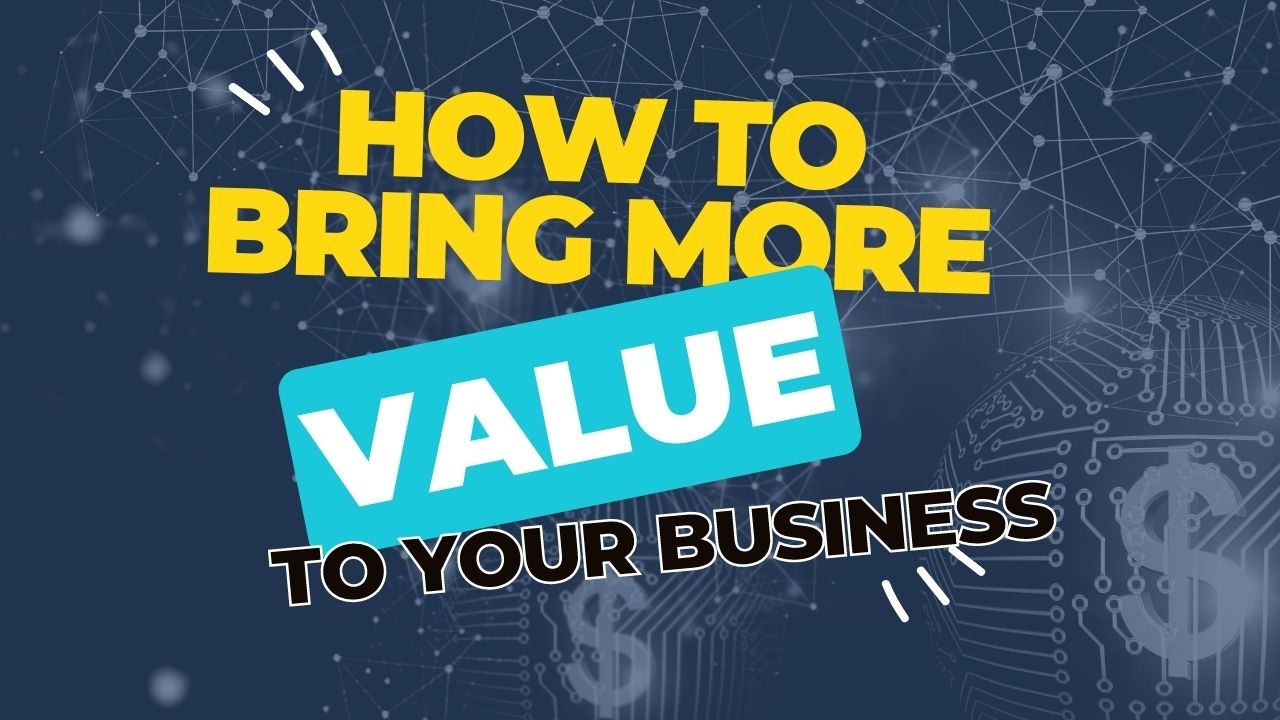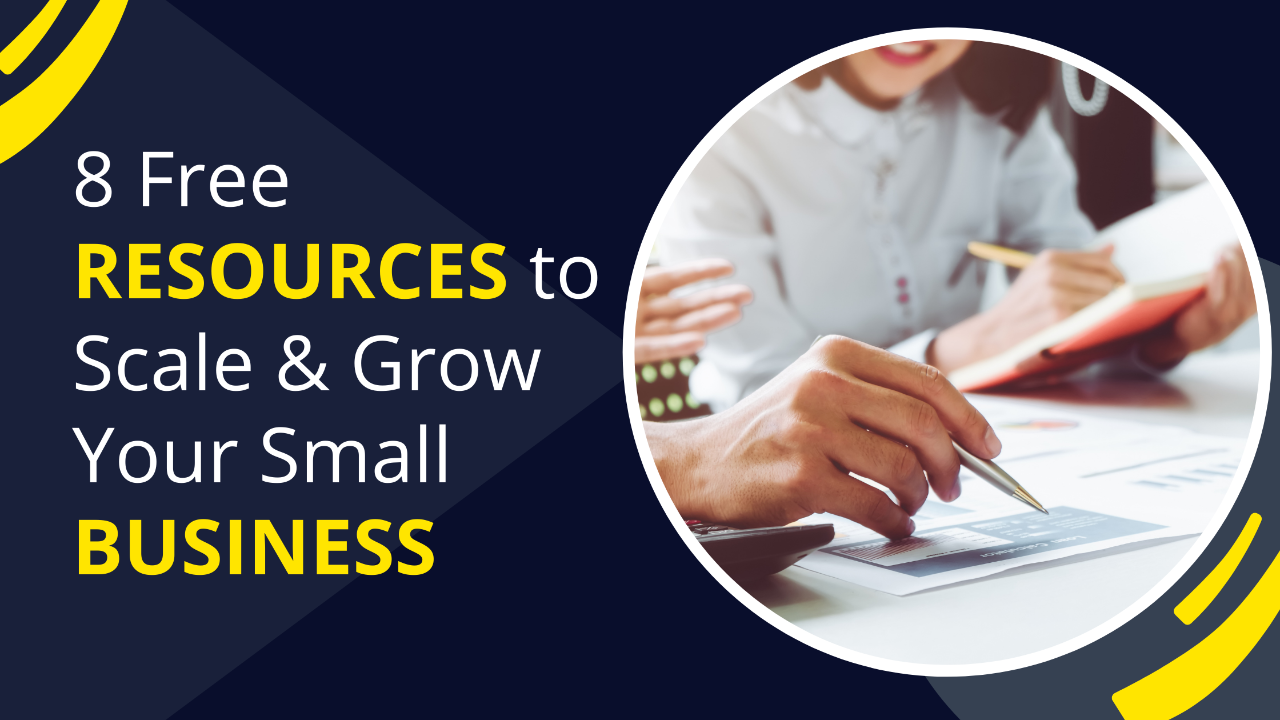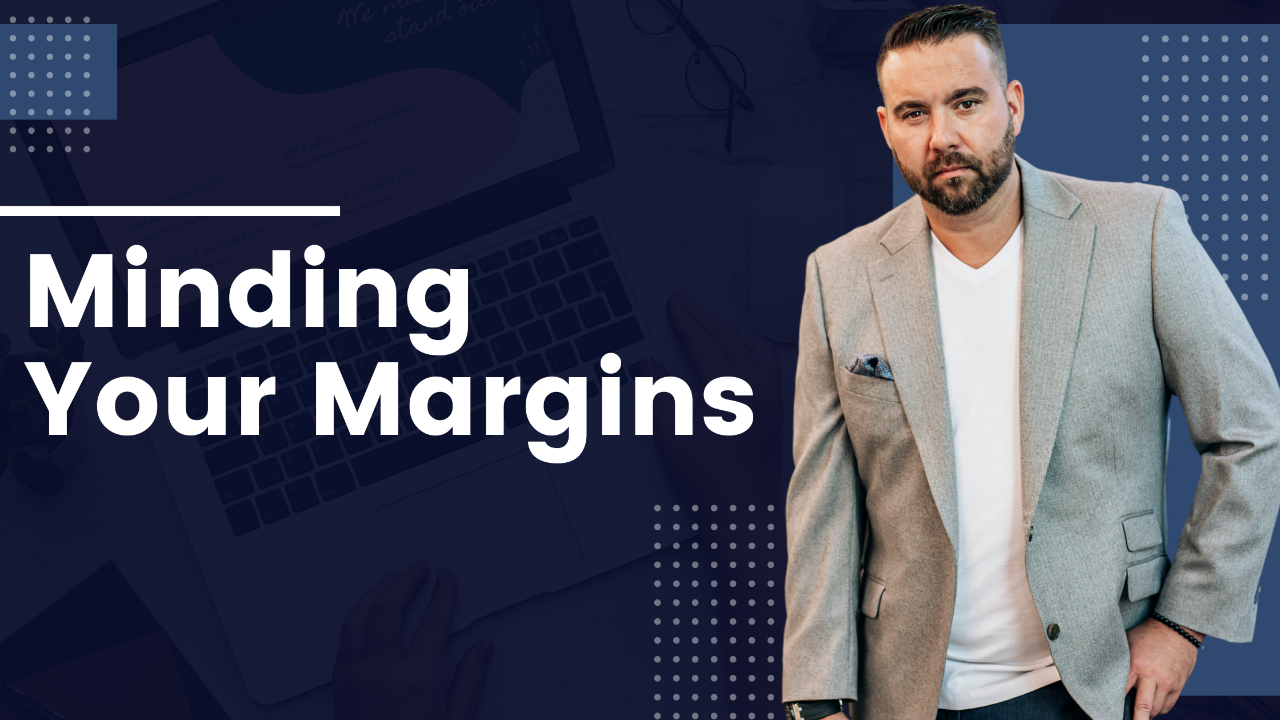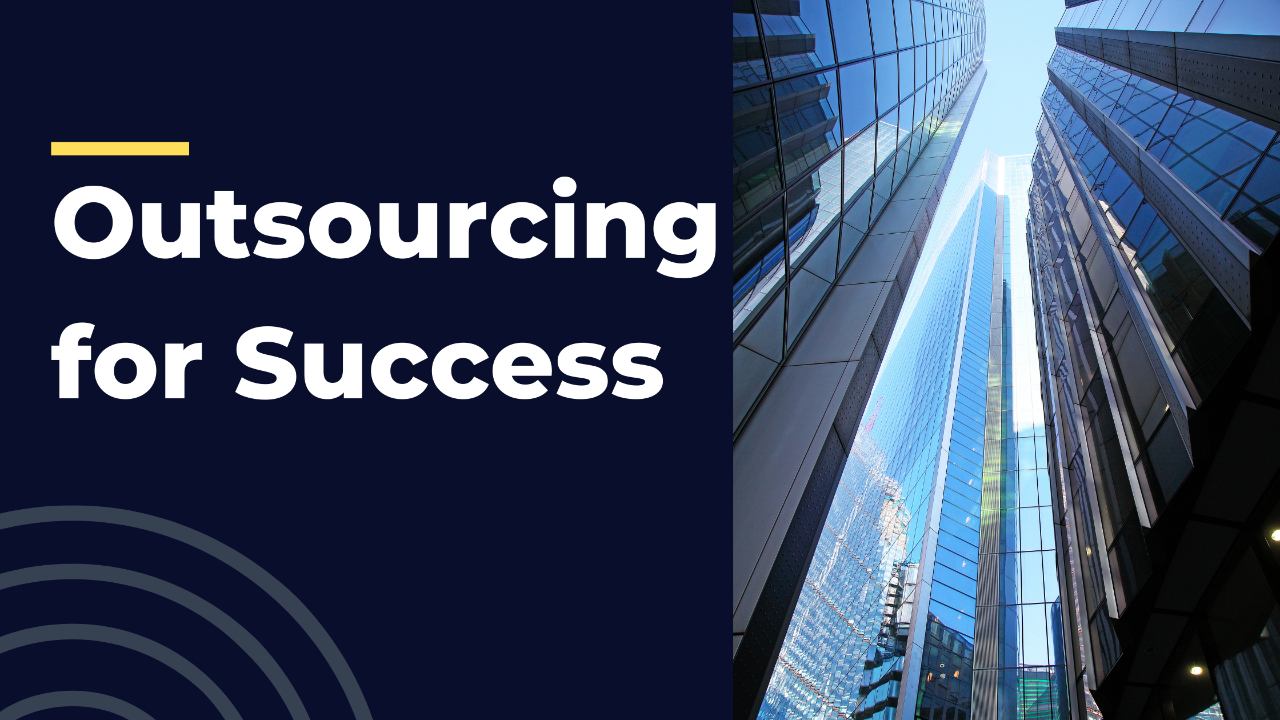How to Bring More Value to Your Business

"When you stop growing you start dying."
This cheerful little quip (credited initially to William S. Burroughs) is a poignant reminder for small business owners that becoming stagnant isn't an option if you want to be successful. And that's the goal, right? If you want to create long-term success - not to mention survive the competition - you can't rest on your laurels or settle for the status quo. You need to be proactive.
One of the ways you can do this is by increasing the value of your business. This can lead to better profit margins, happier employees, more satisfied customers, and scalability - which means you can continue operating for years to come (or at least as long as you'd like).
You can add value to your business in various ways, some of which are entirely free while others require a bit more time or money. Below we've listed seven areas you can focus on today to get started.
Review the Current SOPs
Standard Operating Procedures (SOPs), when done well, are detail...
7 Common Mistakes to Avoid When Buying a Business

Owning a business is a dream for many. And by purchasing one that’s already up and running, you avoid the headaches, stress, and risk of starting one from scratch. It’s sort of like adopting a teenager instead of a newborn. You already have a pretty good idea of what you’re getting into.
But like teenagers, there’s an element of the unexpected and still plenty of mistakes you can make. To help you navigate this new territory, here are 7 Common Mistakes to Avoid When Buying a Business.
Mistake #1: Not understanding why the business is for sale.
Seller motivation is always one of the first things you should look into. There are plenty of legit reasons why someone would want to sell their business. They might be planning a cross-country move, want to explore a new industry, or are simply ready to retire. It could also be because it’s hemorrhaging money, they’re having trouble retaining employees, the production costs are too high, and so on. You might not discover their true motiv...
How Long Does it Take to Buy a Business?

Great Expectations: How Long Does it Take to Buy a Business?
Making the decision to buy a business is a big one, especially for first-time buyers. And it's also very exciting - the idea of being your own boss, taking those first steps to entrepreneurship, or generating more income are all appealing goals.
In that excitement, however, it's important to remember that the actual business acquisition process can be pretty lengthy. (This isn't one-click Amazon ordering.) There are a lot of steps to get you to the finish line, including research, market analysis, due diligence, securing funding, and negotiating contracts. Managing your expectations from the starting block will keep you from getting discouraged along the way if it ends up taking longer than you initially imagined it would.
So, give it to me straight. What sort of timeline am I looking at?
There's no one-size-fits-all answer to this question, but on average, you can expect it to take anywhere from 6 - 12 months. That m...
8 Red Flags of Buying a Business

Becoming a business owner through acquisition can be a smart move to avoid the hassles and headaches of launching your own startup. With so many new businesses failing within the first five years - not to mention the time it can take even to turn a profit - starting from scratch is risky business, sans a dancing Tom Cruise.
That’s not to say that acquiring an existing business is a cakewalk; it will come with its own set of unique challenges. But in many instances, the pros outweigh the cons, and buying a business could be your first step to building your empire. (We like to think big here.)
A big part of the purchasing process is doing due diligence. Not every opportunity on the market is a good one, and while it might be tempting to jump at the first eye-catching deal that comes along, keep in mind this isn’t a new mattress you can try out for 120 days and return for a full refund after four months of fitful sleep. These transactions are a lot of time and (probably) a lot of money...
8 Free Resources to Scale & Grow Your Small Business

Funding may be our favorite F word, but FREE comes in at a pretty close second.
When you’re operating a small business, every penny counts - especially if you have razor-thin margins. This can make it a challenge to scale and grow your business if you don’t have extra funds sitting around to hire experts or purchase fancy equipment or software.
The good news is that there are plenty of absolutely 100% free programs and resources that can help you achieve your goals without spending one solitary cent. And as an added bonus, many of them will also save you time. (And we all know time is money, so win-win.)
Here are eight free resources you can use to help manage and scale your small business.
Calendly
A personal favorite of ours, Calendly is one of the best online scheduling tools out there by eliminating the hassle of back-and-forth emails when trying to get an appointment on the books. Its user-friendly hub is a breeze to set up and can be customized for your availability prefere...
Minding Your Margins

If you want your business to be successful, it needs to be profitable. And if you want it to be profitable, you need to know and understand a little something called profit margins. After all, if you aren't bringing in money, the bills don't get paid, and that story, my friend, is one that never ends well.
In very simplified terms, a profit margin is a percentage of how much profit your business generates per dollar of sale. Example: If you have a 30% profit margin, it means you're netting $0.30 of income on every dollar.
To arrive at this percentage, start with your revenue and deduct the total cost of goods sold, expenses, interest, and taxes (Your net income). Divide that number by the original revenue amount, multiply by 100, and alakazam, you have your profit margin and a clear picture of how your business is fairing.
As a business owner, it's important that you get - and stay - very, very familiar with your profit margins. We're talking-Tommy Lee and Pam Anderson with a vid...
Outsourcing for Success

Running a business can be expensive and time-consuming—especially when you're first starting out or operating a one-man (or one-woman) show. Hiring full-time or even part-time help may be out of the question, but you know that if you want to grow and scale your business, something has to give.
The concept of outsourcing has grown in popularity over the years, both for its time-saving and money-saving benefits. Recent statistics show that 37% of small businesses outsource at least part of their process to focus on their core business, improve quality of service, solve capacity issues, or meet their business needs. Even big-name companies like Peloton are outsourcing production as a way to cut costs.
If you're ready to start outsourcing for success but have questions on the hows, whys, and logistics of it all, keep reading.
What Should I Outsource?
This is obviously the first question you should be asking yourself. Take a look at the tasks and projects on your to-do list.
- Is ...
(Even More) Funding Options You Should Know About

We are back with our third (yes, third) post on funding options. What can we say? We like helping get people the money they need to make their dreams come true.
So without further ado, here are seven more ways you can help finance your next business acquisition. (And when you're finished here, go back and check out Part 1 and Part 2.)
Convertible Debt: Before you get too excited, let us clarify we are not telling you to take out a loan for a brand new sports car. (What we're talking about is far less sexy, I'm afraid.) Convertible debt means that you borrow money from a lender with the intent that you'll repay all or part of the loan by "converting it into a certain number of its common shares at some point in the future." If your business is projected to see an increase in its stock's values, this could be a very enticing transaction for lenders.
Rent Deferral: This one only works if you are purchasing a business that requires a brick-and-mortar presence. (Think storefront, w...
Writing a Letter of Intent

When you're ready to move forward with acquiring a business, constructing a Letter of Intent (LOI) is an essential piece of the process. It's an "informally formal" way to specify your intentions and lay the groundwork for upcoming negotiations and purchase.
What is an LOI?
A Letter of Intent is simply an "agreement to agree." It's a document that outlines and identifies the terms of an agreement between two or more parties and can help minimize future misunderstandings and streamline the final deal.
Think of writing an LOI as courting. Someone special has caught your eye, you've spent some time chatting them up and getting to know them (aka, research), and there seems to be mutual interest between both of you. You like what they're selling. They like what you're offering. And both parties have agreed to dinner, drinks, or a picnic on the beach. You go into the date with the hope of something permanent, like marriage (aka, taking ownership of the Business), but nothing is legal, ...
Is DeFi Changing the Lending Landscape?

The concept behind DeFi lending isn't new: It's like any other lending program. You need money. You find a place that will lend you money. You get the cash, you pay it back over time with interest, the lender makes a profit, and that's that. Fairly simple.
But for all its similarities, it's also vastly different - and has the potential to completely reshape lending as we know it.
First things first, what is Defi?
DeFi - or Decentralized Finance is an open-source market that enables peer-to-peer borrowing and lending. There is no centralized bank or government agency. No third-party intermediary. It's direct and to the point and only concerns the person who is borrowing the money and the person who is lending it. It's an alternative to traditional banks and lending services and operates in the cryptocurrency space.
How it works
DeFi uses smart contracts, an "automatic and self-executing agreement that operates without the need of a central authority or rent-seeking third party." (...



